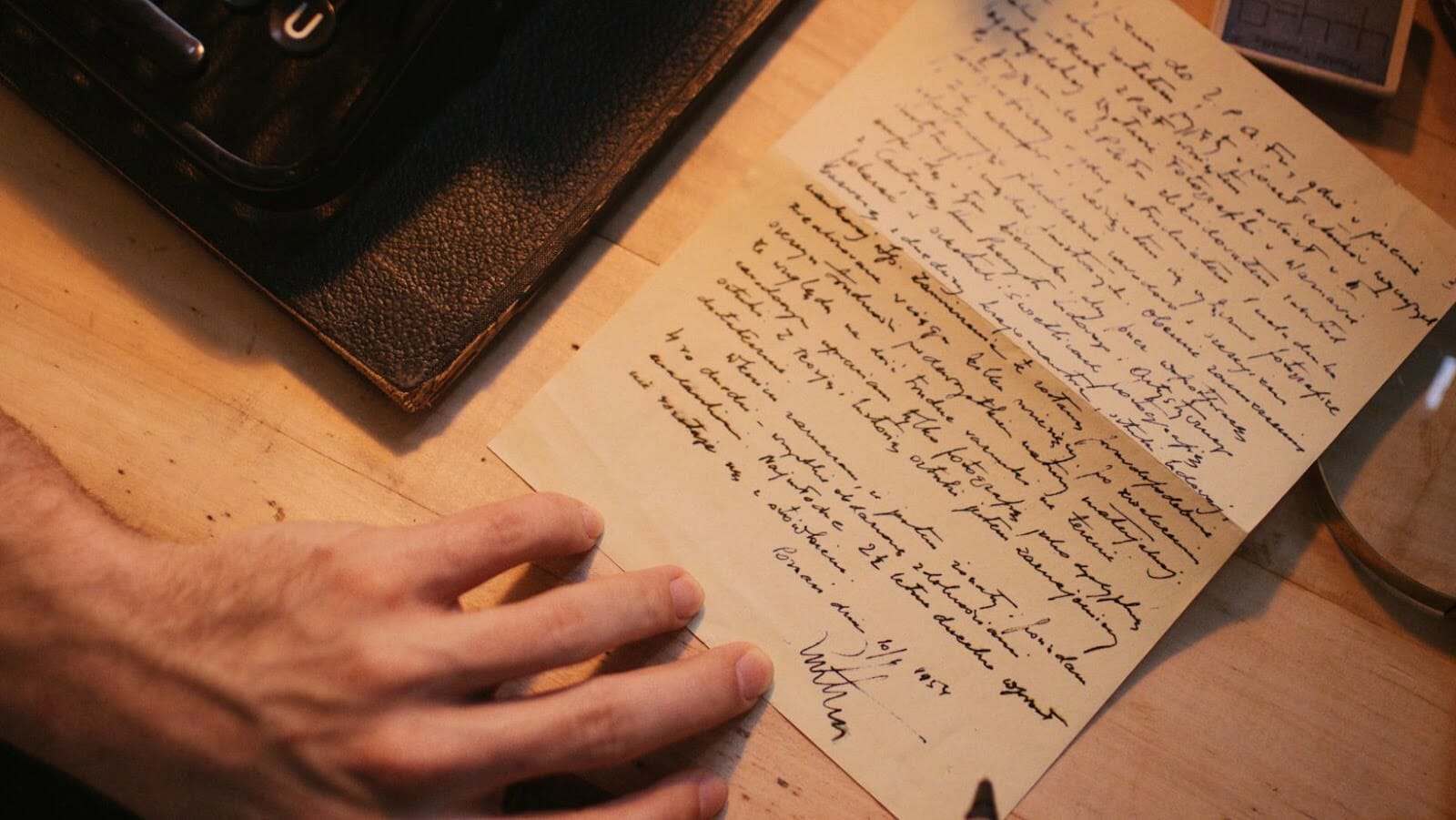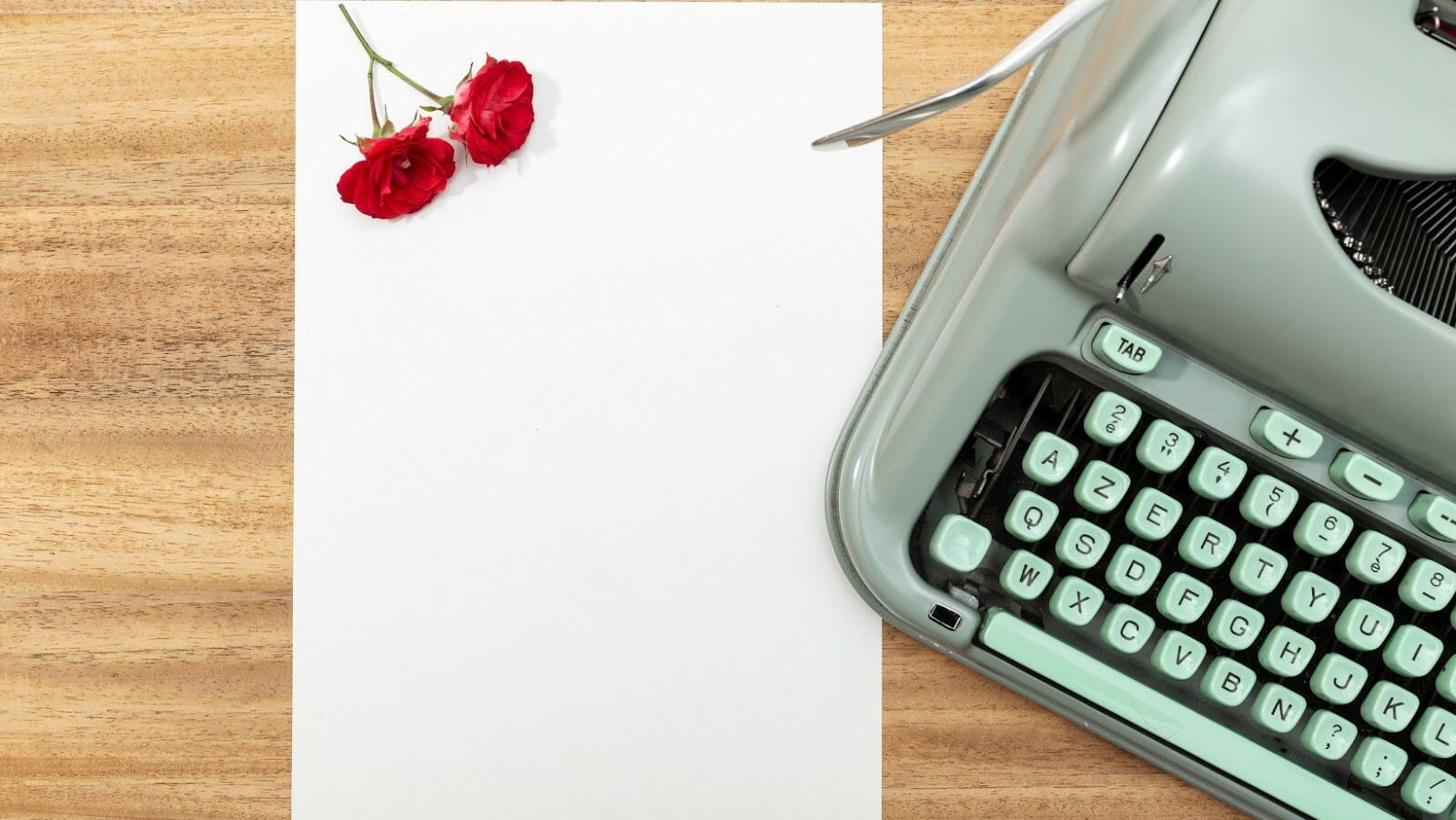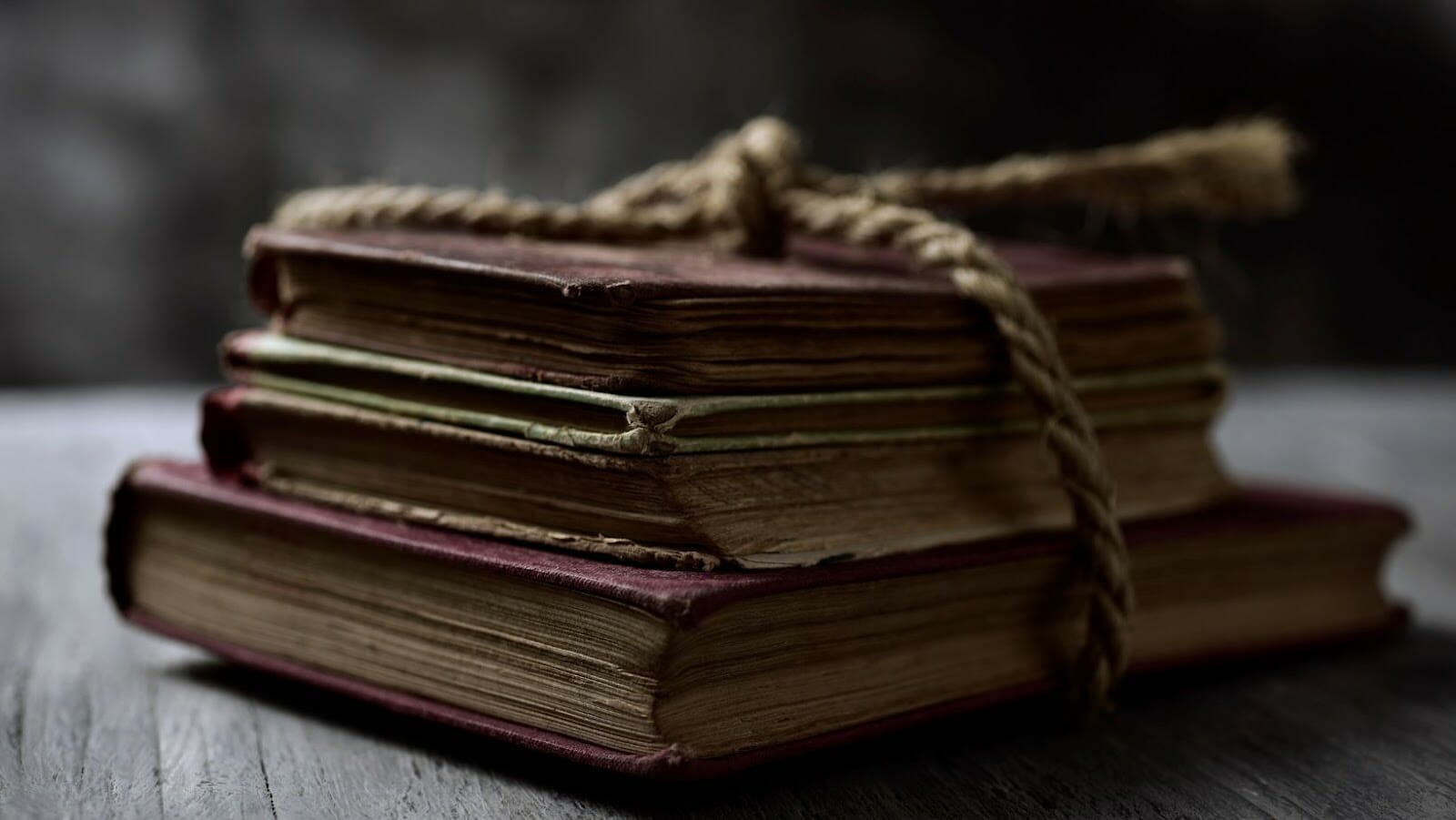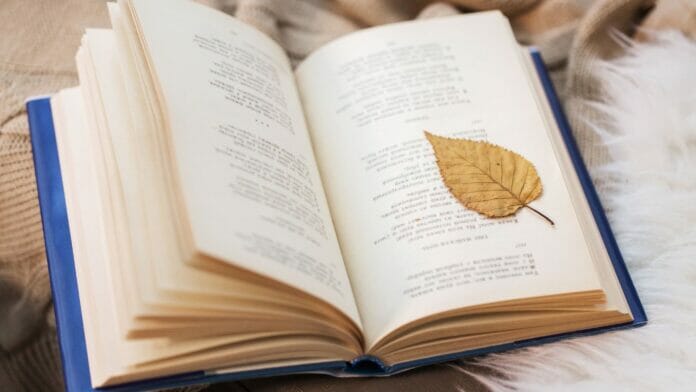Allusions are powerful tools used by authors to add depth to their writing. Allusions are references to other works, figures, places, or events, which can give the reader greater context and understanding.
In the poem Sonnet in Primary Colors by Rita Dove, the poet uses allusions to effectively communicate her message. This article will explore which quotation from the poem includes an allusion.
Definition of Allusion
Allusion is a literary device that refers to a well-known person, place, thing, or event, either explicitly or implicitly. It is used to help convey a deeper meaning or establish a connection between two seemingly unrelated concepts.
In the poem “Sonnet In Primary Colors” by Rita Dove, the line “Swatches of Payne’s gray, ultramarine,” includes an allusion to the color “Payne’s gray,” which is a reference to the famous British painter William Payne. This allusion adds depth and richness to the poem’s imagery while also creating a connection to art history.
The Importance of Allusions in Poetry
Allusions, or references to other works of art, history, or literature, are an important aspect of poetry that can offer readers layers of meaning and connections. By drawing on shared cultural knowledge and references, allusions can help poets create rich and complex works that resonate with readers differently.
In the poem “Sonnet In Primary Colors” by Rita Dove, the following line includes an allusion: “The orange, especially, / assigned its hesitant origami / to the leaves:…” Here, the word “origami” invokes a traditional Japanese art form that involves folding paper into intricate shapes, suggesting a sense of delicacy and precision that complements the poet’s description of the orange’s color and texture. In addition, the allusion adds depth to the poem’s imagery and symbolism, inviting readers to explore the possible connections between the orange, the leaves, and the art of origami.
Examples of Allusions in Poetry
An allusion is a literary device that references a well-known person, place, event, or literary work within a literary work. For example, in the poem “Sonnet in Primary Colors” by Rita Dove, the line “Miss Calypso’s already been set in motion” includes an allusion to the Greek myth of Calypso, the nymph who detained Odysseus on her island in Homer’s “The Odyssey”. This allusion emphasizes the poem’s theme: the objectification and manipulation of Black women’s bodies by men in power.
Examples of allusions in poetry include:
AuthorPoemAllusion
T.S. Eliot’s
“The Love Song of J. Alfred Prufrock”
Biblical figure Lazarus, Shakespeare’s “Hamlet,” and Dante’s “Inferno.”
Sylvia Plath
“Daddy”
The Holocaust and the mythology surrounding the Greek god Zeus
Langston Hughes’s “Theme for English B” and Walt Whitman’s “Song of Myself”
Understanding allusions in poetry can help readers better understand the meaning and significance of a literary work and appreciate the richness and complexity of the literary tradition.
Overview of “Sonnet in Primary Colors” by Rita Dove
“Sonnet in Primary Colors” by Rita Dove is a powerful poem that alludes to mythology, history, and even mathematics. The poem explores how love can be reduced to the simplest form of its being. Allusions in the poem add depth and meaning to the poem and force us to think about our relationship to love.
Let’s have a look at the poem and pick out some of the allusions in it.
Analysis of the Poem
“Sonnet in Primary Colors” by Rita Dove is a sonnet that explores the themes of passion, love, and creativity through the metaphor of colors.
The poem consists of fourteen lines in a rhyming scheme of ABABCDCDEFEFGG.
The poet employs allusions to emphasize the poem’s depth of passion and love. One of the allusions in the poem is, “I’m the lover’s mouth, / the altar, the grave, the singing / midnight ocean where all must return.” This line alludes to the Greek myth of the goddess Aphrodite, born from the foam of the sea and associated with love and passion. The reference to the “midnight ocean” also invokes images of love’s deep, vast, and mysterious nature.
Through rich imagery and allusions, Dove’s “Sonnet in Primary Colors” offers a powerful meditation on the complexity of human emotions and the endless possibilities of love.
Significance of the Poem’s Title
The poem “Sonnet in Primary Colors” by Rita Dove has a significant title that highlights the use of primary colors and how they are used to describe the narrator’s experience of art. The primary colors used in the poem are red, blue, and yellow, which are often associated with the process of art making, especially painting.
The poem’s title hints at the use of color in the poem and how it serves as a central theme. It also suggests that the poem is structured as a sonnet, traditionally used to express love or admiration.
The quotation from the poem “Sonnet in Primary Colors” by Rita Dove that includes an allusion is, “My face shines in his sword, bright as an oil slick” (lines 9-10). Here, the allusion is to the story of Salome in the Bible, who requested the head of John the Baptist on a platter. The phrase “bright as an oil slick” is a metaphor that compares the shining of the narrator’s face on the sword to how oil appears shiny and reflective on water. This allusion adds depth and complexity to the poem by drawing on a familiar story from religious literature.
Pro tip: When reading a poem, pay attention to the title, as it can provide important context and themes for the work. Additionally, look for allusions, as they can deepen the meaning of the text by connecting it to other works or cultural references.
Identification of Possible Allusions in the Poem
The poem “Sonnet in Primary Colors” by Rita Dove includes allusions to art, history, and literature. For example, the line “a Della Robbia roundness” alludes to the Renaissance sculptor Luca della Robbia and his distinctive style of glazed terracotta roundels.
This reference adds depth and richness to the poem by drawing on the legacy and artistry of Italian Renaissance masters.

Which Quotation From The Poem “Sonnet In Primary Colors” By Rita Dove Includes An Allusion?
Allusion is a figure of speech that references a person, event, or object. For example, in “Sonnet in Primary Colors” by Rita Dove, there are several references to art and its exploration of the use of color.
We are going to discuss which lines of the poem contain an allusion and its meaning in the poem.
Close Reading of the Poem
The line from “Sonnet in Primary Colors” by Rita Dove that includes an allusion is “a woman with a moon of ice / embedded in her forehead” (lines 9-10).
This line alludes to the mythical figure of Diana, the Roman goddess of the hunt and the moon. The “moon of ice” on the woman’s forehead symbolizes her purity and innocence, associated with the goddess Diana. By using this allusion, Dove adds depth and richness to her description of the woman’s beauty and character, drawing on a rich cultural and mythological heritage.
Identification and Analysis of Possible Allusions in the Poem
The line from “Sonnet in Primary Colors” by Rita Dove that includes an allusion is “Each day I move my hand in the sun / To change the light for flowers and fishes” (lines 5-6).
This line alludes to the Greek myth of Helios, the god of the sun, who drove his chariot across the sky to bring light to the world. The speaker is referencing Helios’s journey and power by moving her hand in the sun to change the light for flowers and fishes.
Allusions in poetry can provide a deeper layer of meaning or create connections to widely known cultural references. By identifying and analyzing these allusions, readers can better understand the message and significance of the poem.
The Line That Includes an Allusion and its Importance
The line from “Sonnet in Primary Colors” by Rita Dove that includes an allusion is “And now you swagger down the center aisle.” The line alludes to a wedding ceremony where the bride walks down the aisle. However, in the poem, the “you” refers to a music box clown winding down and losing its shine. The allusion to a wedding ceremony adds to the irony of the situation and highlights the sadness of the clown’s fading beauty.
The use of allusion adds depth and layers to the poem. It allows the reader to connect the speaker’s words and their experiences or knowledge. In this case, the allusion to a wedding ceremony shows how there can be sadness and loss even in moments of joy and celebration. Dove can convey this complex emotion with just one line by using an allusion.

Types of Allusions in Poetry
An allusion is a figure of speech in which the writer refers to an event, person, place, or another text. Allusions are often used to convey an idea or emotion without explicitly stating it. For example, in Rita Dove’s poem “Sonnet in Primary Colors,” several allusions allow the reader to make connections to other works and draw a deeper meaning from the work.
Let’s explore some of the allusions in this poem.
Biblical and Mythological Allusions
“Sonnet in Primary Colors” by Rita Dove includes the allusion, “A halo of your breath has the air of tulips/ While the sea unfolds and folds its selvage/ Spilling from under the blue the bottomless/ Sky pastures…”
This allusion references the biblical story of the world’s creation, where God created the land, sea, and sky. Dove utilizes this allusion to emphasize the vivid and spectacular nature of the moment she’s describing. By including biblical and mythological allusions in poetry, a writer can connect with the reader on a deeper level and tap into universal themes and emotions. It also adds richness, depth, and complexity to the poem.
Historical Allusions
Historical allusions are commonly used in poetry to add depth and meaning to the text. These allusions refer to historical events, figures, or movements and serve to create a connection between the poem’s themes and larger societal issues.
In the poem “Sonnet in Primary Colors” by Rita Dove, “Lincoln in his stately White House” includes an allusion to the historical figure Abraham Lincoln and the White House where he resided during his presidency. This allusion serves to ground the poem in a historical context and to connect the speaker’s feelings of admiration and awe to a figure symbolizing strength and integrity in American history.
Literary Allusions
Literary allusions are references to other works of literature, such as books, poems, or plays, made in a literary text. Allusions can add a layer of meaning or depth to a poem and create connections between different works.
The poem “Sonnet in Primary Colors” by Rita Dove includes an allusion in the following quotation: “The slaves of the Jefferson plantation / kept the hems of Mrs. Jefferson’s skirts /spotless.”
This allusion refers to the poem’s historical context, specifically to Thomas Jefferson and his ownership of slaves. The reference to Mrs. Jefferson’s skirts and the slaves keeping them spotless is a subtle yet powerful evocation of the horrors of slavery and the dehumanizing effects of racism. Such allusions underline how the past continues to influence the present and to shape our understanding of the world.

Conclusion: The Importance of Understanding Allusions in Poetry
Allusions in poetry are a powerful tool used by poets to convey messages in subtle and creative
ways. Understanding the allusions in a poem can help the reader to understand its themes, messages, and hidden meanings.
In the poem “Sonnet In Primary Colors,” by Rita Dove, the author uses allusions to draw comparisons and reveal her intentions. This article takes a closer look at how these allusions are used and the importance of understanding them to fully appreciate the poem.
Benefits of Recognizing Allusions in Poetry
Recognizing allusions in poetry can enrich your understanding and appreciation of a poem. Allusions reference outside events, literature, and history woven into the poem’s fabric. By identifying allusions, you can deepen your understanding of the poem’s meaning, symbolism, and themes.
For example, in the poem “Sonnet in Primary Colors” by Rita Dove, the line “Who wouldn’t go wild over / the jewel of her hummingbird’s throat, poised” includes an allusion to the hummingbird’s radiance, a common literary symbol for beauty and luxury. This allusion adds depth to the poem’s message about the intersections of race and art.
Understanding allusions can transform a poem from a mere collection of words into a multi-layered work of art that reveals new interpretations and insights with every read.
How to Improve Your Ability to Identify Allusions in Poetry
To improve your ability to identify allusions in poetry, it’s essential to read widely, research the historical and cultural references in the poem, and consider the poet’s intended meaning.
Rita Dove’s poem “Sonnet in Primary Colors” contains an allusion in the line “Mistress of vision, don’t you know: by your chromatic song/you alter space?” The allusion in this line refers to the ancient Greek myth of Orpheus, the musician who could charm all living things, including the gods, with his music. The phrase “Mistress of vision” refers to Orpheus’s wife, Eurydice, whom he tried to rescue from the underworld but failed to protect her because he looked back, causing her to be lost forever. The line “by your chromatic song/you alter space” suggests that the poet is a modern-day Orpheus, using her poetry to change the world.
Understanding allusions like these can add depth and meaning to reading poetry.



